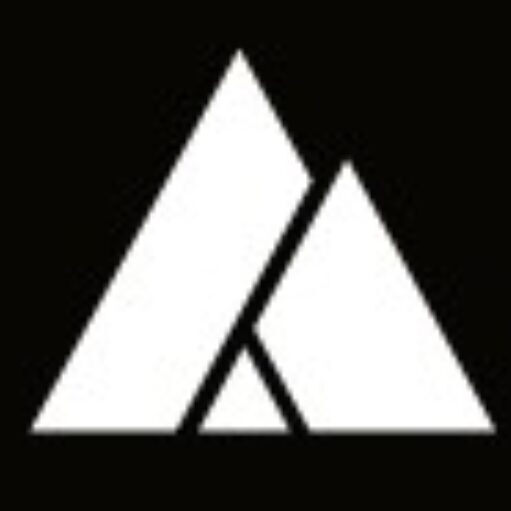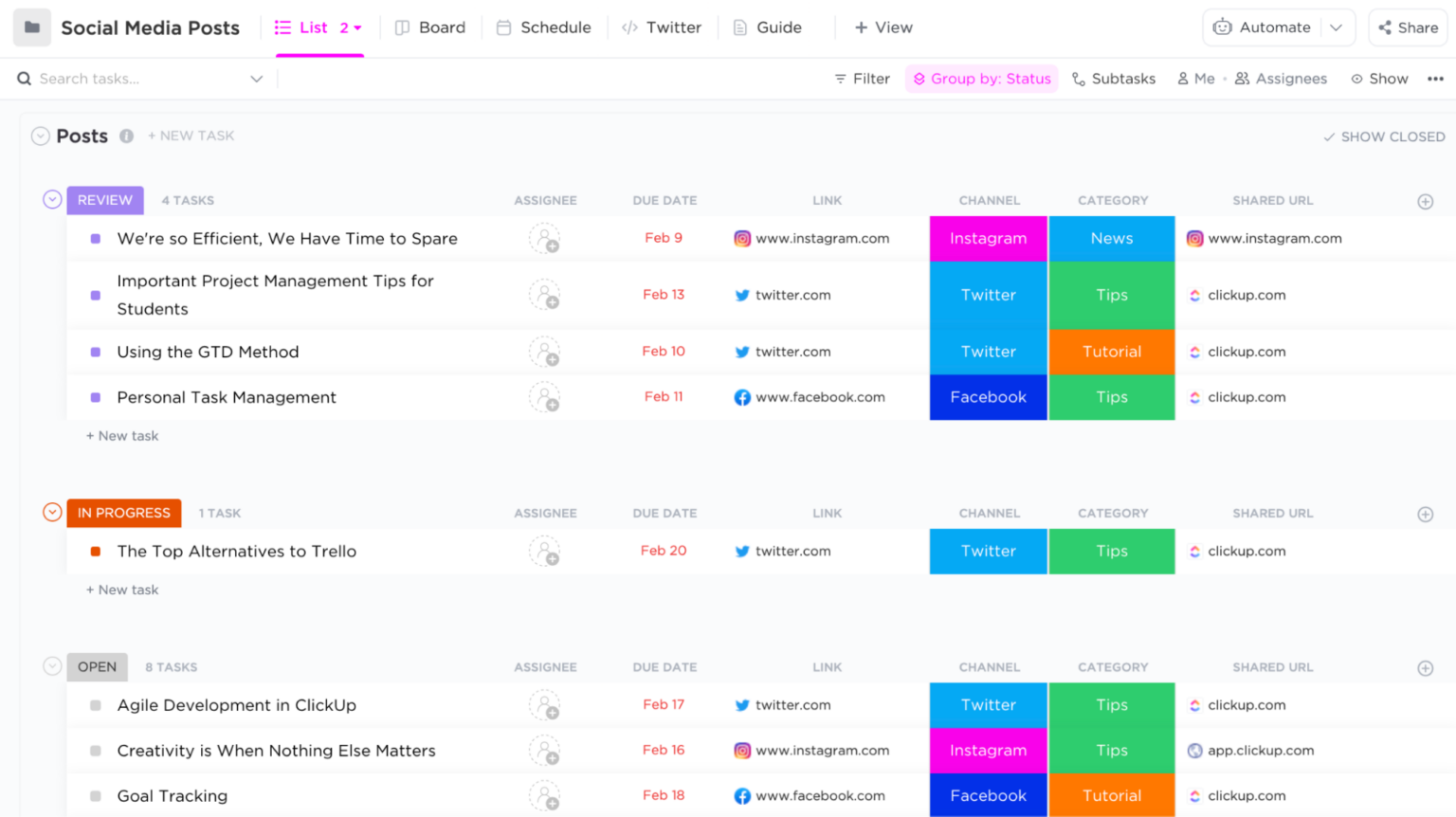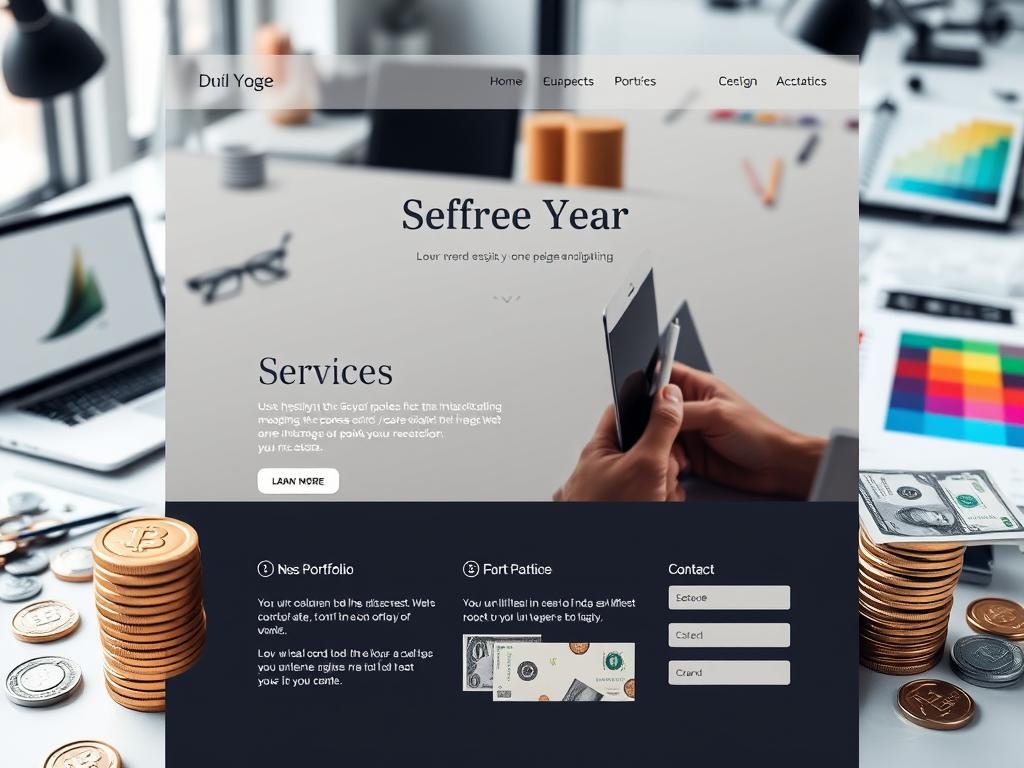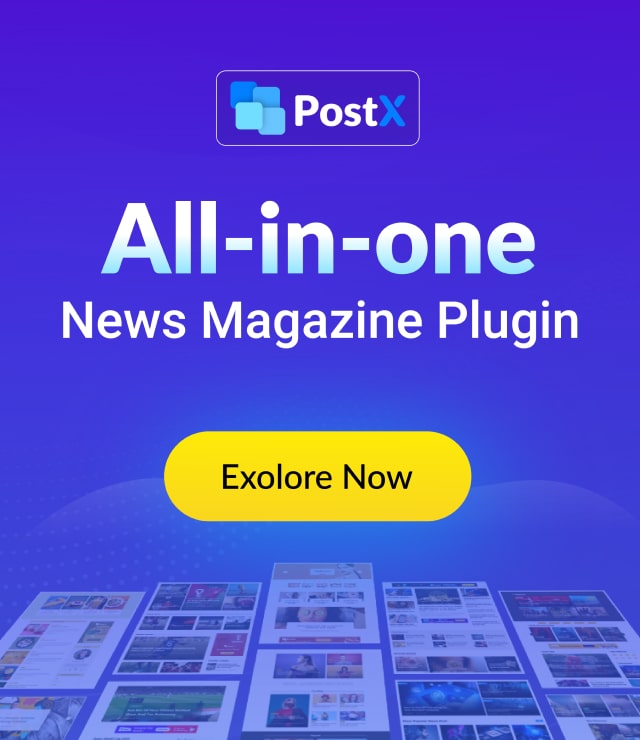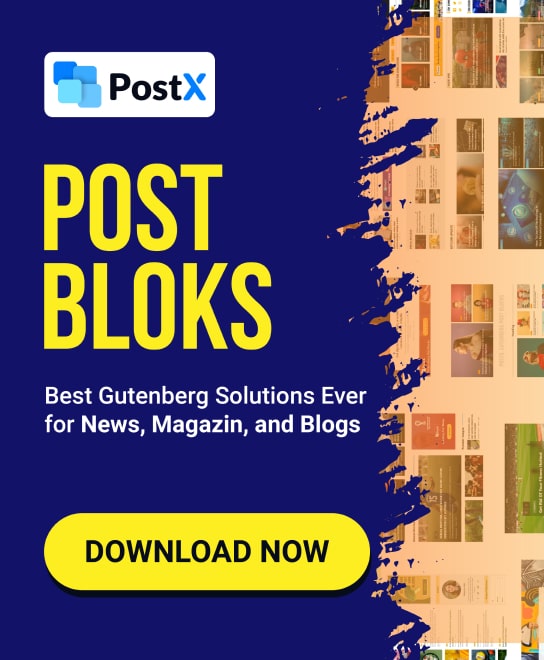As we navigate the complexities of 2024, the significance of selecting the right content management solution cannot be overstated. With an array of platforms available, ranging from those excelling in multichannel delivery to those focused on user-friendliness, businesses face the challenge of aligning their specific needs with the capabilities of these systems. Comprehending the nuances of each option will be essential for organizations aiming to maintain a competitive edge. Which features should take precedence in your selection process, and how might these choices impact overall operational efficiency?
Best for Multichannel Delivery
In today's digital environment, where content needs to be delivered across multiple channels seamlessly, Contentful stands out as the premier solution for multichannel delivery.
Its headless CMS architecture enables organizations to execute a robust content strategy, allowing for agile content management tailored to diverse audience needs. By supporting various content formats and integrating effortlessly with commerce apps and AI technologies, Contentful improves audience engagement through personalized experiences.
This flexibility enables businesses to modify quickly to changing market demands, ensuring that their messaging connects across platforms. Additionally, Contentful's ecosystem encourages collaboration among teams, streamlining workflows and maximizing efficiency.
Ultimately, it positions brands to thrive in an ever-evolving environment, where effective communication is critical to success.
Best for Marketing Capabilities
Effective multichannel delivery sets the stage for robust marketing capabilities, where content management systems play a vital role in improving brand outreach and engagement.
Among the top contenders, Kentico stands out with its integrated approach as a digital experience platform (DXP) and content management system (CMS). It enables organizations to execute an extensive content strategy, driving digital engagement across various channels.
With tools designed for eCommerce and multichannel marketing, Kentico boosts brand visibility and organic search traffic. Its utilization of .NET 8 technology guarantees streamlined project execution, allowing users to focus on creativity and innovation.
Best for Comprehensive Management
Thorough management of digital content is increasingly essential for organizations aiming to improve customer engagement and streamline operations.
Solutions like Sitecore, Storyblok, and Acquia exemplify the best in extensive management, offering robust enterprise scalability.
Sitecore utilizes AI and machine learning to enrich customer journeys while providing detailed analytics to inform content strategy.
Storyblok stands out with its cloud-native architecture, enabling faster content publishing and user-friendly interfaces, catering to both developers and marketers.
Acquia integrates seamlessly with Drupal, offering tools that elevate digital asset management and personalization, ensuring cohesive content delivery across platforms.
These solutions enable businesses to execute dynamic content strategies, nurturing profound connections with their audiences while optimizing operational efficiency.
Best for Easy Integrations
When evaluating content management solutions that prioritize seamless integrations, Magnolia emerges as a leading option. Its robust API connectivity offers users the flexibility to overcome common integration challenges, enhancing overall user experience.
Magnolia enables data synchronization across various third-party tools, ensuring consistent information flow and operational efficiency. The platform's emphasis on workflow automation allows for streamlined processes, enabling teams to focus on creativity rather than technical hurdles.
Additionally, Magnolia excels in cross-platform integration, accommodating diverse digital ecosystems and nurturing collaborative environments. For organizations seeking custom integration solutions, Magnolia provides the tools necessary to tailor connections that meet specific business needs, equipping users to create a unified digital experience that connects with their audiences.
Best for Customization and Flexibility
Customization and flexibility are critical factors for organizations seeking a content management solution that can modify to their unique needs and evolving digital environments.
Drupal and Umbraco stand out as exemplary choices, offering robust frameworks that enable users to create tailored experiences. With Drupal's vast repository of custom themes and modules, organizations can seamlessly adjust their sites to reflect specific branding and functional requirements.
Umbraco, on the other hand, boasts a user-friendly interface, making it easy for non-technical users to design unique content layouts while managing user permissions effectively.
This balance of technical capability and accessibility guarantees that organizations can maintain control over their digital presence, nurturing innovation and responsiveness in their content strategies.
Best for Minimalism and Ease
In the domain of content management, the pursuit of minimalism and ease has become increasingly important for users seeking straightforward solutions that require less technical proficiency.
Content simplicity is essential, allowing users to focus on creating rather than managing complex systems. Platforms like Ghost and Textpattern exemplify this ethos, offering clean interfaces that prioritize the writing experience.
Ghost's nimble architecture supports rapid content creation and monetization through membership models, while Textpattern's open-source design simplifies the conversion of plain text to HTML.
Both solutions improve user experience by removing distractions, nurturing creativity in a streamlined environment. As organizations increasingly value efficiency, these user-friendly CMS options enable individuals to express their ideas freely without technical constraints.
Best for Minimal Maintenance
Steering through the terrain of content management solutions can be challenging, especially for users seeking options that minimize maintenance efforts. In this situation, platforms like Wix and Grav stand out for their user-friendly designs and minimal upkeep requirements.
Wix employs a drag-and-drop interface, allowing users to effortlessly create and manage their websites while benefiting from automatic updates. This approach considerably improves user experience by reducing technical hurdles.
Conversely, Grav's flat-file architecture eliminates the need for databases, streamlining deployment and enhancing performance. Both solutions focus on maximizing user engagement, enabling content creators to prioritize their message rather than technical concerns.
For those desiring a seamless experience with minimal maintenance, these platforms offer exceptional pathways to success.
Best for Digital Asset Management
Effective digital asset management (DAM) is essential for organizations looking to streamline their content workflows and improve brand consistency.
Bynder stands out as a premier choice, offering extensive tools designed to simplify digital asset workflows. Its centralized platform allows teams to easily access and collaborate on assets, ensuring that everyone is aligned with brand consistency strategies.
With features such as version control and asset tracking, Bynder enables organizations to maintain high standards across various channels. Additionally, its seamless integration with marketing tools improves the overall efficiency of content delivery, enabling brands to connect more effectively with their audiences.
In a setting where consistency is key, Bynder provides the flexibility and control that modern businesses need to thrive.
Importance of Content Management
Content management solutions play a crucial role in shaping the digital environment of modern organizations. By implementing effective content strategies, businesses can streamline their content delivery, ensuring timely and relevant information reaches their audience. This not only improves user engagement but nurtures stronger connections between brands and consumers.
Additionally, a robust content management system helps to overcome bottlenecks in content production, allowing teams to collaborate more effectively and maintain a consistent voice across channels. As organizations adjust to evolving market demands, these solutions provide the flexibility needed to pivot and innovate.
Ultimately, prioritizing content management is essential for organizations aiming to thrive in a competitive environment, enabling them to deliver exceptional experiences that connect with their audience.
Expert Insights and Resources
Navigating through the intricacies of content management necessitates a combination of specialist viewpoints and thorough resources that enable organizations to make informed choices.
Expert knowledge plays a crucial role in refining content strategy, ensuring that user experience remains at the forefront of initiatives. By leveraging over 50 years of combined web hosting experience, professionals provide essential data and advice tailored to meet the diverse needs of over 20 million users.
These understandings encourage organizations to investigate current trends, validate services, and align their strategies with best practices. Additionally, cultivating a culture of continuous learning through accessible resources enables teams to modify and innovate, ultimately enhancing the effectiveness of their content management solutions while maximizing user engagement.
Frequently Asked Questions
What Are the Key Features to Look for in a CMS?
When selecting a content management system (CMS), prioritize features that improve user experience, streamline content collaboration, provide customization flexibility, support multichannel delivery, and integrate seamlessly with existing tools to enable teams and advance efficiency.
How Do I Choose the Right CMS for My Business?
Selecting the right CMS involves evaluating user experience, scalability options, and user support. Prioritize integration capabilities and customization flexibility to improve content workflows, ensuring the platform aligns with your business's unique needs and growth ambitions.
What Is the Cost Range for Popular CMS Solutions?
Approximately 30% of websites utilize open-source CMS solutions. Pricing models vary greatly, with free CMS options available alongside enterprise CMS and hosted solutions. Extensive user support is essential for maximizing the benefits of each platform.
Can a CMS Help Improve SEO Performance?
A CMS improves SEO performance through SEO-friendly features, content optimization tools, and user experience design. Additionally, it supports mobile responsiveness, analytics integration, site speed improvements, URL customization, and schema markup, driving improved visibility and engagement.
How Often Should I Update My CMS System?
To guarantee ideal performance and security, it is prudent to embrace a regular update frequency for your CMS system. Consistent system maintenance not only improves functionality but also safeguards against vulnerabilities, promoting a seamless user experience.
